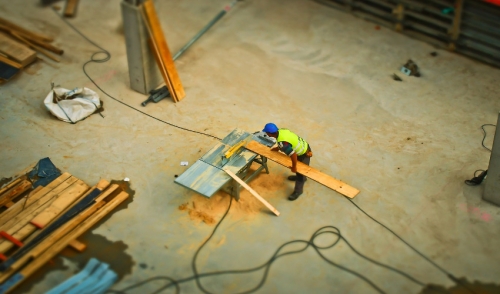
Environmental Benefits Of Building With Wood
Don’t let anybody tell you wood is not a “green” building product. Wood circulates energy savings throughout its life.
To start, wood-frame construction is easy to insulate to high standards when compared to alternative framing materials. Wood itself has very good insulating properties. Inch for inch, wood is 16 times more efficient as an insulator than concrete, 415 times as efficient as steel, and 2,000 times as efficient as aluminum.
When it comes to manufacturing wood products, wood again is the most efficient. The process of manufacturing wood products uses very little energy. Wood products make up 47 percent of all industrial raw materials manufactured in theU.S., yet uses only 4 percent of the energy needed to manufacture these industrial materials. Aluminum siding requires four times more energy, brick veneer 22 times, and concretefloors 21 times more energy to produce than wood equivalents.
When considering the manufacturing process, you also must take into account the resultant by-products and the costs associated with clean-up. When compared to steel and concrete, research shows that using wood results in lower greenhouse gases, lower air pollution, lower water pollution, and lower solid waste by-products.
Wood continues to circulate its energy savings throughout its life as a building material, because it’s reliable and durable. In fact, churches in Norway and temples in Japan constructed with wood have lasted a thousand years. There are wooden buildings in North America that have lasted since the 16th century. Even the foundation of the Empire State Building rests on wood piles.
